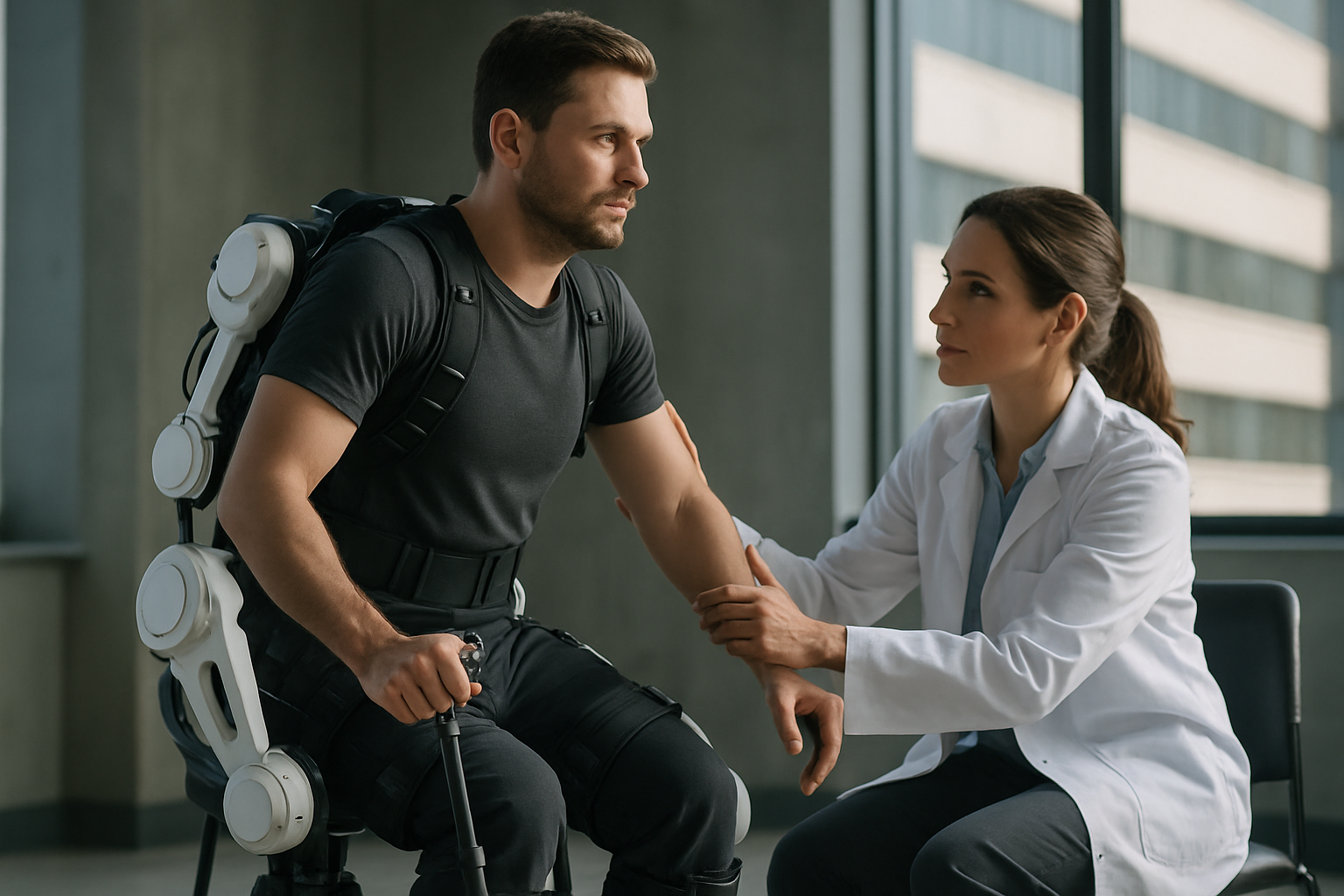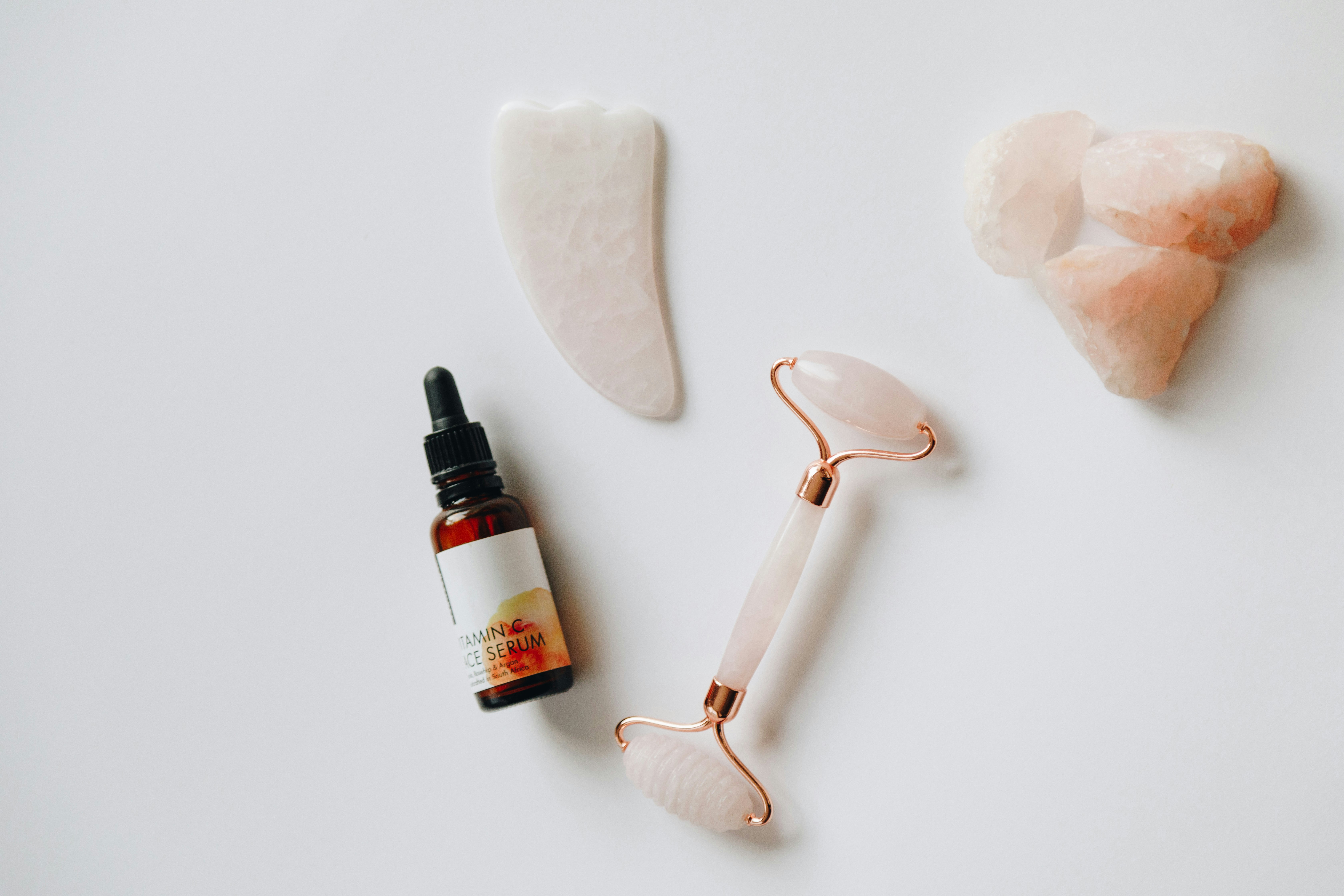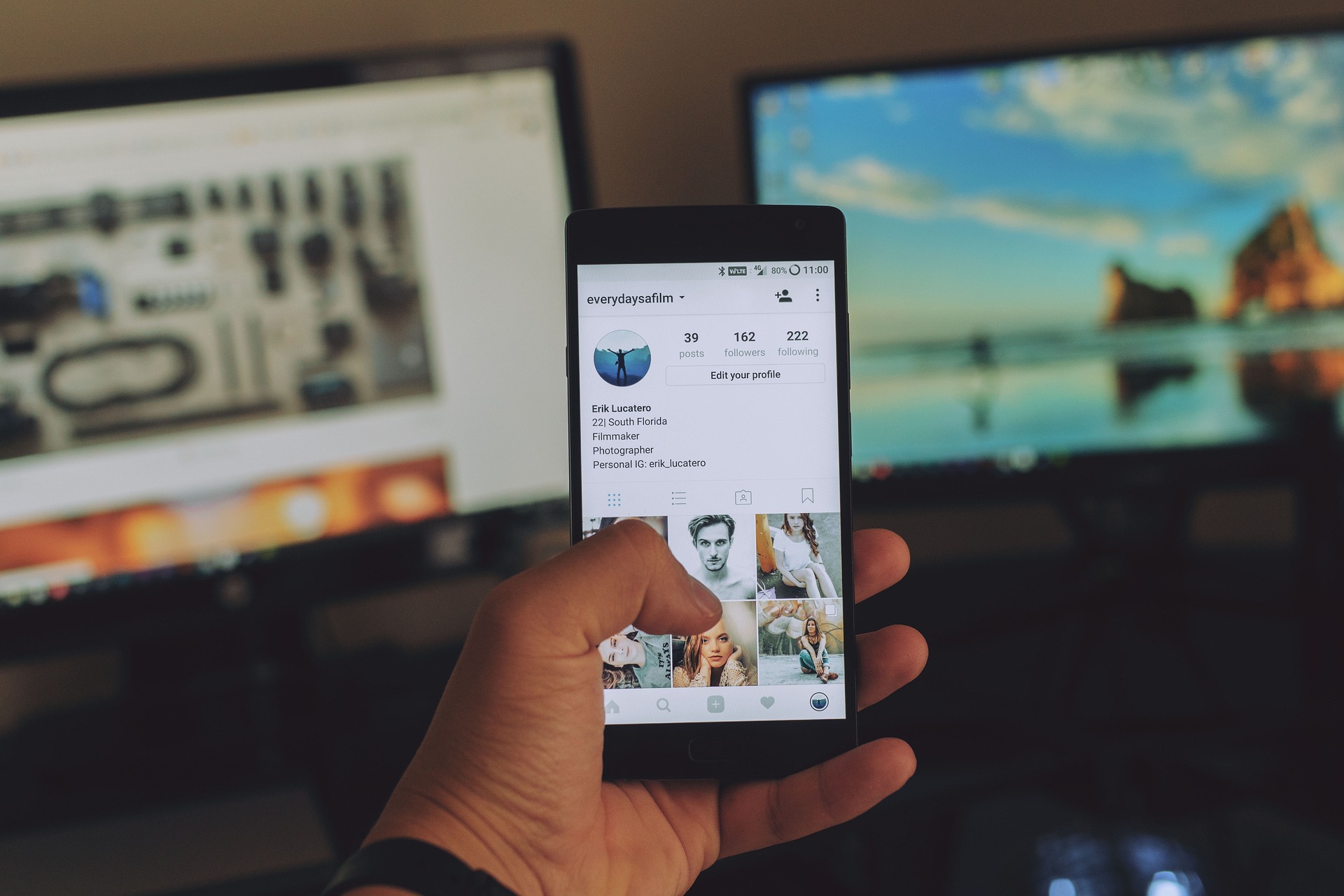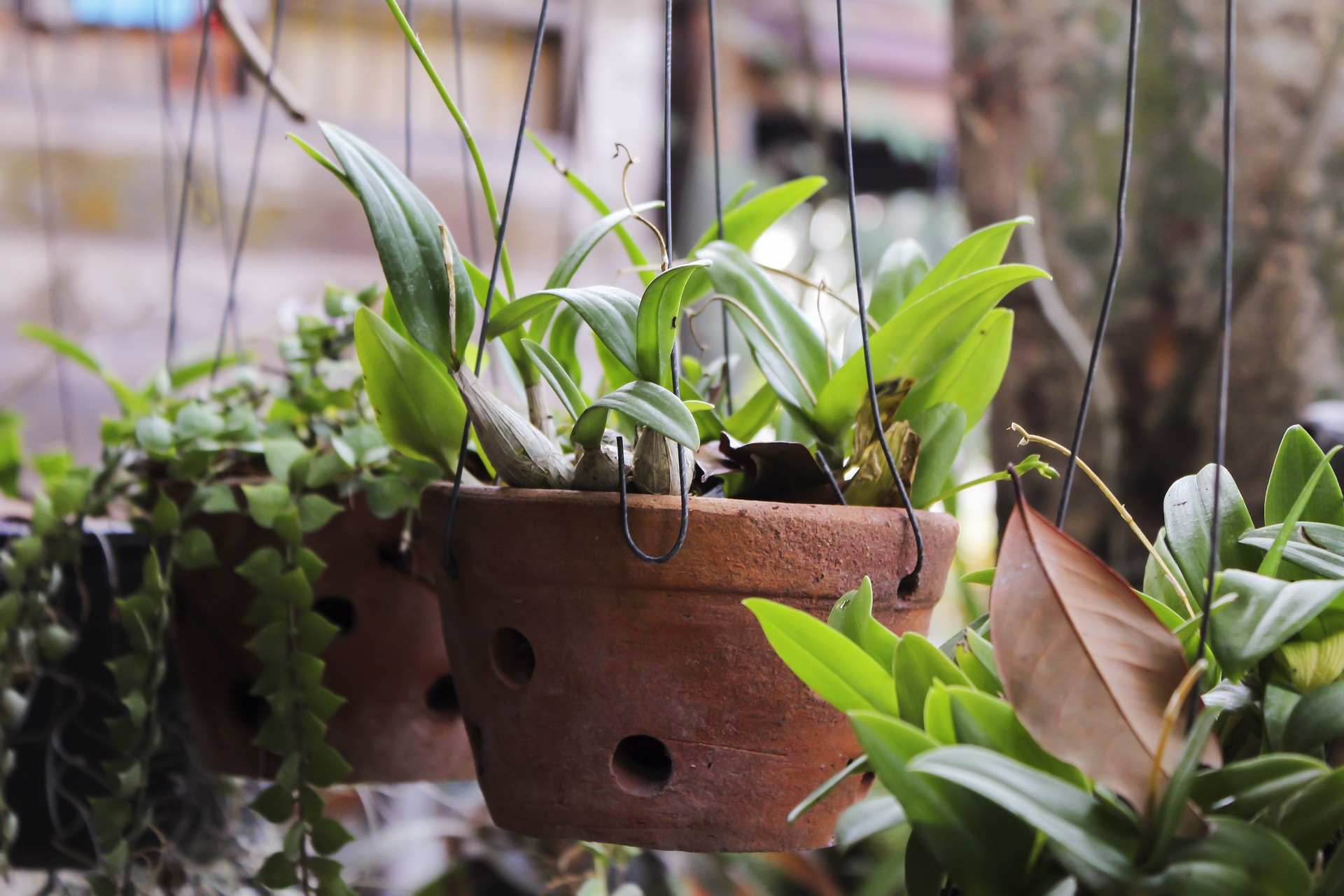How to Eliminate Spider Veins Effectively
Spider veins are small, damaged blood vessels that appear close to the skin's surface, creating web-like patterns typically seen on the legs and face. While generally harmless, these dilated capillaries can cause cosmetic concerns and occasional discomfort. Understanding effective treatment options and professional approaches can help you make informed decisions about addressing this common vascular condition that affects millions of people worldwide.

Understanding Spider Veins
Spider veins, medically known as telangiectasias, develop when tiny blood vessels near the skin’s surface become dilated and visible. These thread-like vessels typically measure less than 1 millimeter in diameter and appear in red, blue, or purple colors. Unlike varicose veins, spider veins rarely cause significant physical symptoms but can lead to mild aching, burning, or itching sensations.
Several factors contribute to spider vein development, including genetics, hormonal changes, prolonged standing or sitting, age, and sun exposure. Women are more frequently affected than men, particularly during pregnancy and menopause when hormonal fluctuations impact blood vessel integrity. Additionally, occupations requiring extended periods of standing, such as nursing or teaching, increase the likelihood of developing these visible vessels.
Popular Treatment Options
Modern medicine offers several effective approaches for spider vein elimination, each with distinct advantages and applications. Sclerotherapy remains the gold standard treatment, involving the injection of a sclerosing solution directly into the affected vessels. This FDA-approved procedure causes the vein walls to collapse and eventually fade from view over several weeks.
Laser therapy provides another popular option, using focused light energy to heat and destroy spider veins without needles. Surface laser treatments work well for smaller vessels, while newer technologies like endovenous laser therapy can address deeper concerns. Some patients prefer this approach due to the absence of injections, though multiple sessions may be required for optimal results.
Intense pulsed light (IPL) therapy offers a gentler alternative, delivering broad-spectrum light to target hemoglobin in blood vessels. This non-invasive treatment typically requires multiple sessions but can effectively treat facial spider veins and larger areas simultaneously. Radiofrequency treatments and foam sclerotherapy represent additional options that experienced practitioners may recommend based on individual circumstances.
Clinical Considerations and Post-Treatment Care
Professional evaluation is essential before beginning any spider vein treatment program. Qualified practitioners assess the underlying cause, severity, and extent of vascular concerns to develop personalized treatment plans. This evaluation may include visual examination, medical history review, and diagnostic ultrasound to rule out underlying venous insufficiency.
Post-treatment care significantly impacts treatment success and recovery time. Patients typically need to wear compression stockings for specified periods to support healing and optimize results. Walking is encouraged immediately after treatment, while strenuous exercise and hot baths should be avoided temporarily. Sun protection becomes particularly important as treated areas may be more sensitive to UV exposure.
Most individuals experience mild side effects such as temporary bruising, swelling, or slight discoloration at treatment sites. These effects generally resolve within days to weeks. Serious complications are rare when treatments are performed by qualified professionals, though some patients may experience allergic reactions to sclerosing agents or temporary skin discoloration.
Seeking Professional Guidance
Choosing the right healthcare provider is crucial for safe and effective spider vein treatment. Board-certified dermatologists, vascular surgeons, and phlebologists possess specialized training in venous disorders and cosmetic vascular treatments. Research potential providers’ credentials, experience, and patient reviews before scheduling consultations.
During initial consultations, qualified practitioners should thoroughly explain treatment options, expected outcomes, potential risks, and associated costs. They should also discuss realistic timelines, as most spider vein treatments require multiple sessions spaced several weeks apart for optimal results. Be wary of providers who guarantee unrealistic outcomes or pressure you into immediate treatment decisions.
Treatment costs vary significantly based on location, provider expertise, treatment method, and extent of spider veins being addressed. Sclerotherapy sessions typically range from $300 to $500 per treatment, while laser therapy may cost $400 to $800 per session. Most insurance plans consider spider vein treatment cosmetic and do not provide coverage unless underlying medical conditions are present.
| Treatment Method | Average Cost Per Session | Sessions Typically Required |
|---|---|---|
| Sclerotherapy | $300 - $500 | 2-4 sessions |
| Laser Therapy | $400 - $800 | 3-6 sessions |
| IPL Treatment | $350 - $600 | 4-6 sessions |
Prices, rates, or cost estimates mentioned in this article are based on the latest available information but may change over time. Independent research is advised before making financial decisions.
Why You Should Learn More About Spider Veins Today
Early intervention often leads to better treatment outcomes and may prevent spider veins from worsening over time. Understanding available options allows you to make informed decisions about timing and treatment approaches that align with your lifestyle and budget. Additionally, learning about prevention strategies can help minimize the development of new spider veins after treatment.
Technological advances continue to improve spider vein treatment effectiveness while reducing discomfort and recovery time. Staying informed about these developments ensures you can access the most appropriate and current treatment options. Furthermore, addressing spider veins promptly may boost confidence and eliminate concerns about their appearance affecting clothing choices or activities.
Effective spider vein elimination requires professional expertise, appropriate treatment selection, and proper post-care compliance. With various proven treatment options available, most individuals can achieve significant improvement in spider vein appearance when working with qualified healthcare providers who understand the complexities of vascular conditions.
This article is for informational purposes only and should not be considered medical advice. Please consult a qualified healthcare professional for personalized guidance and treatment.




